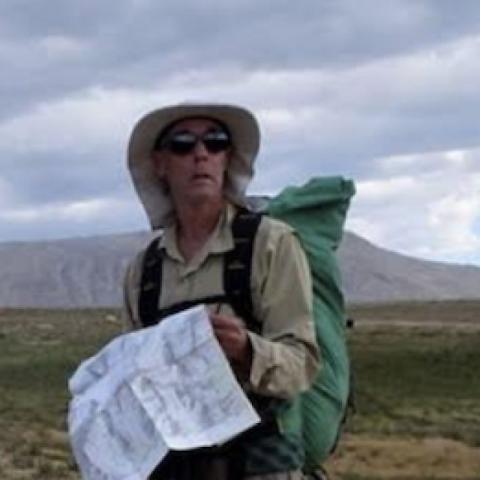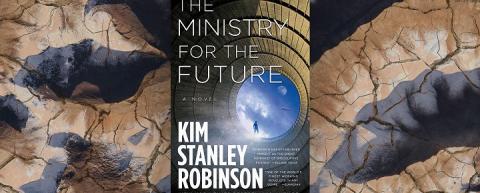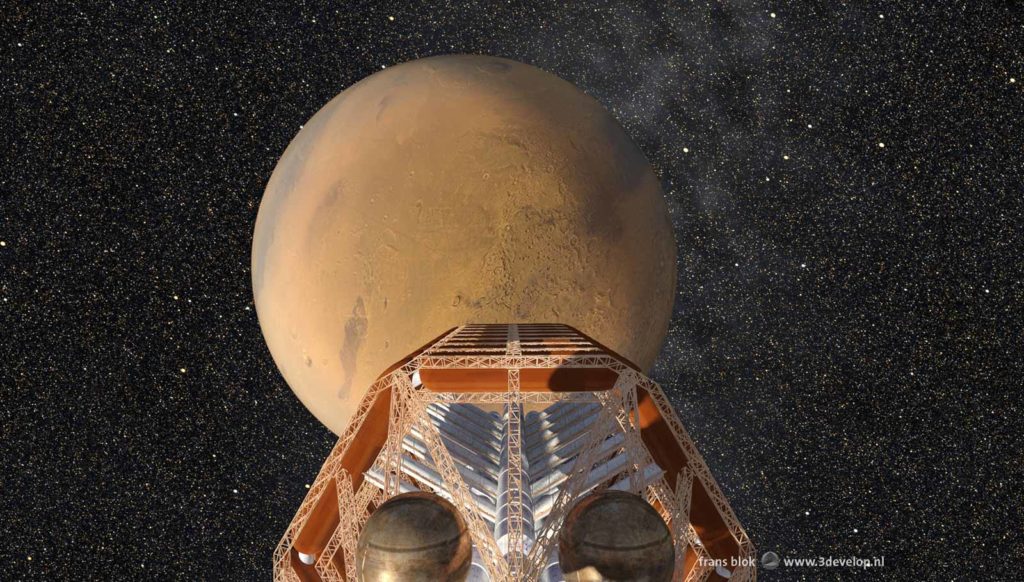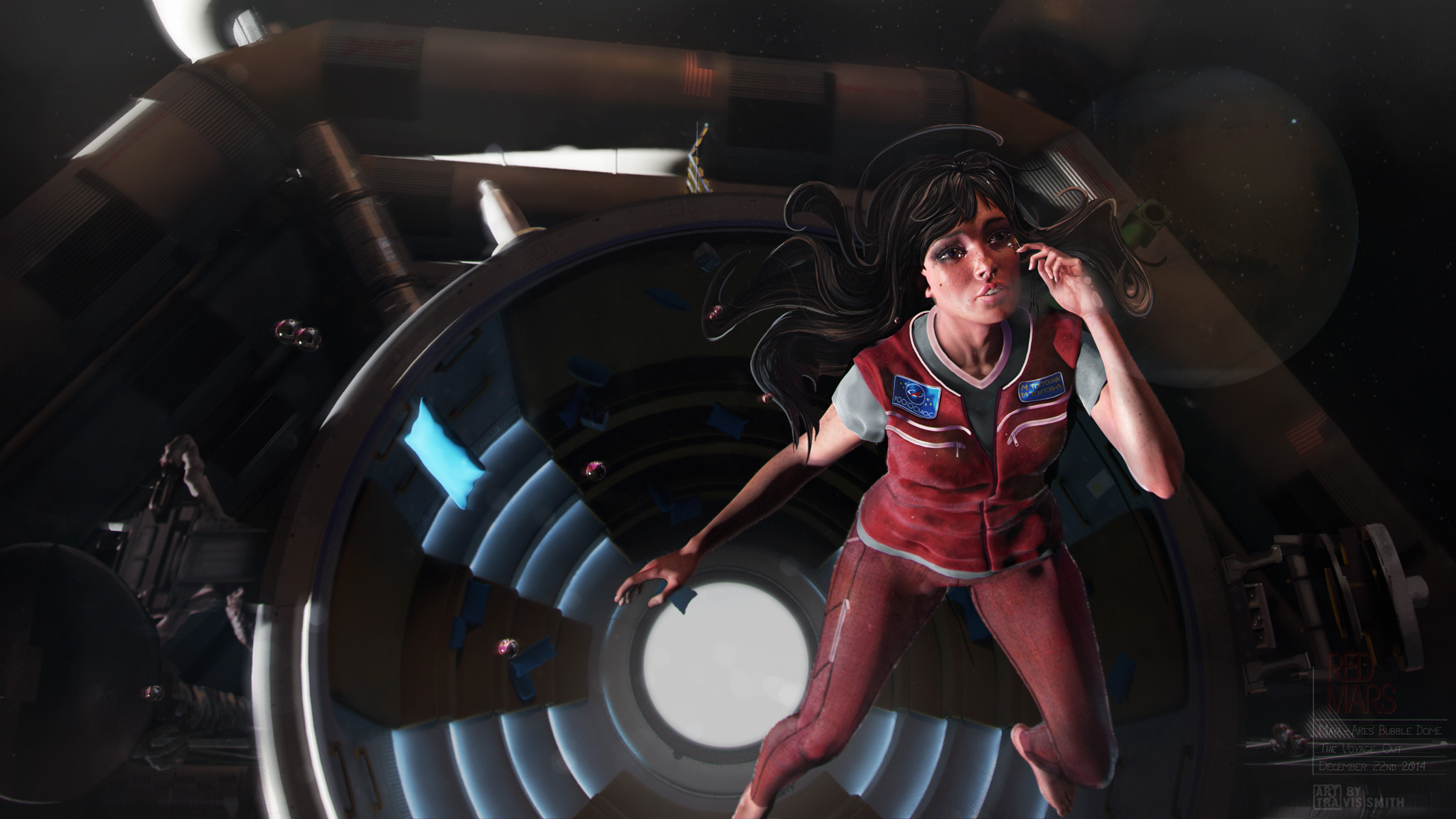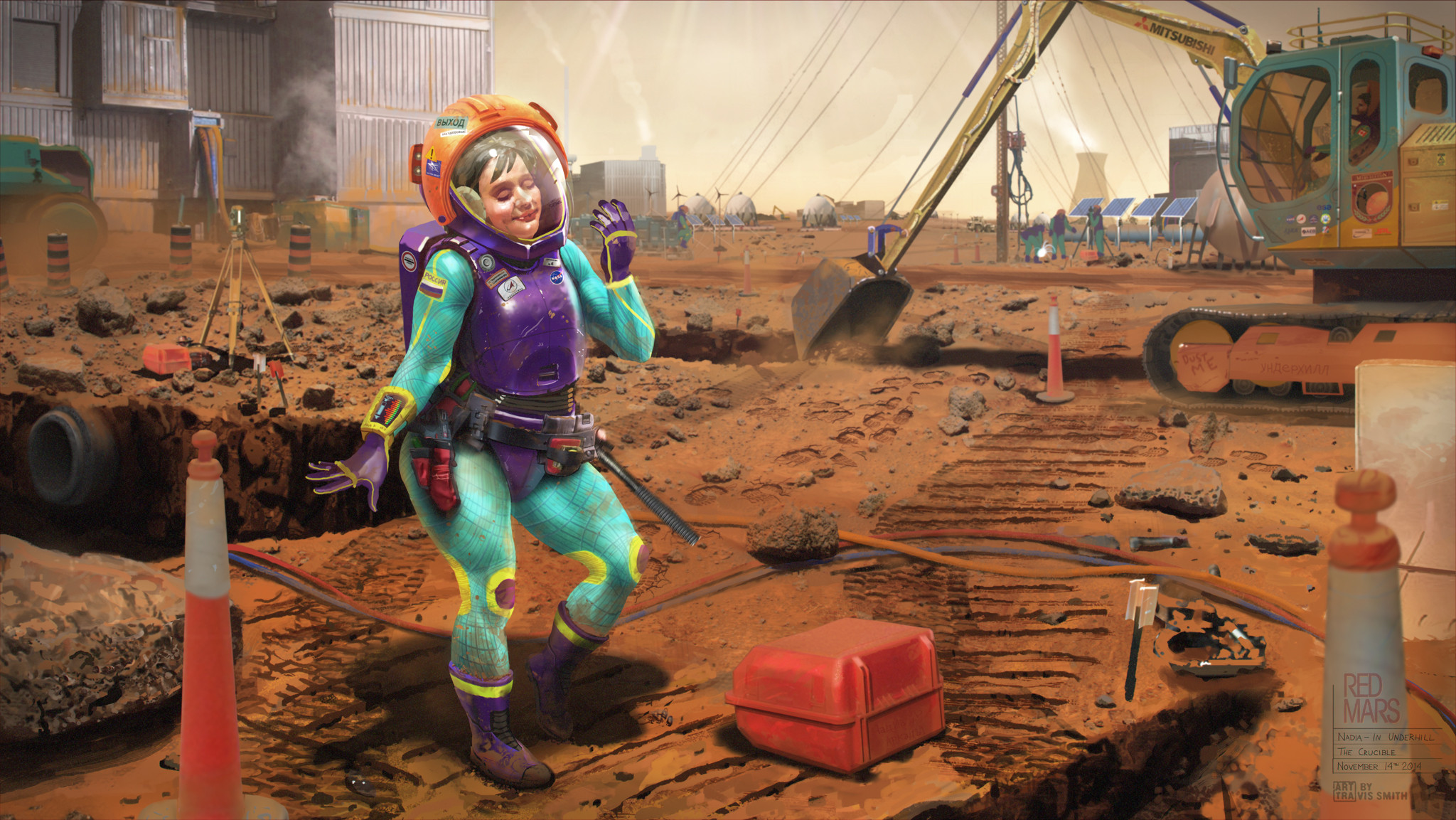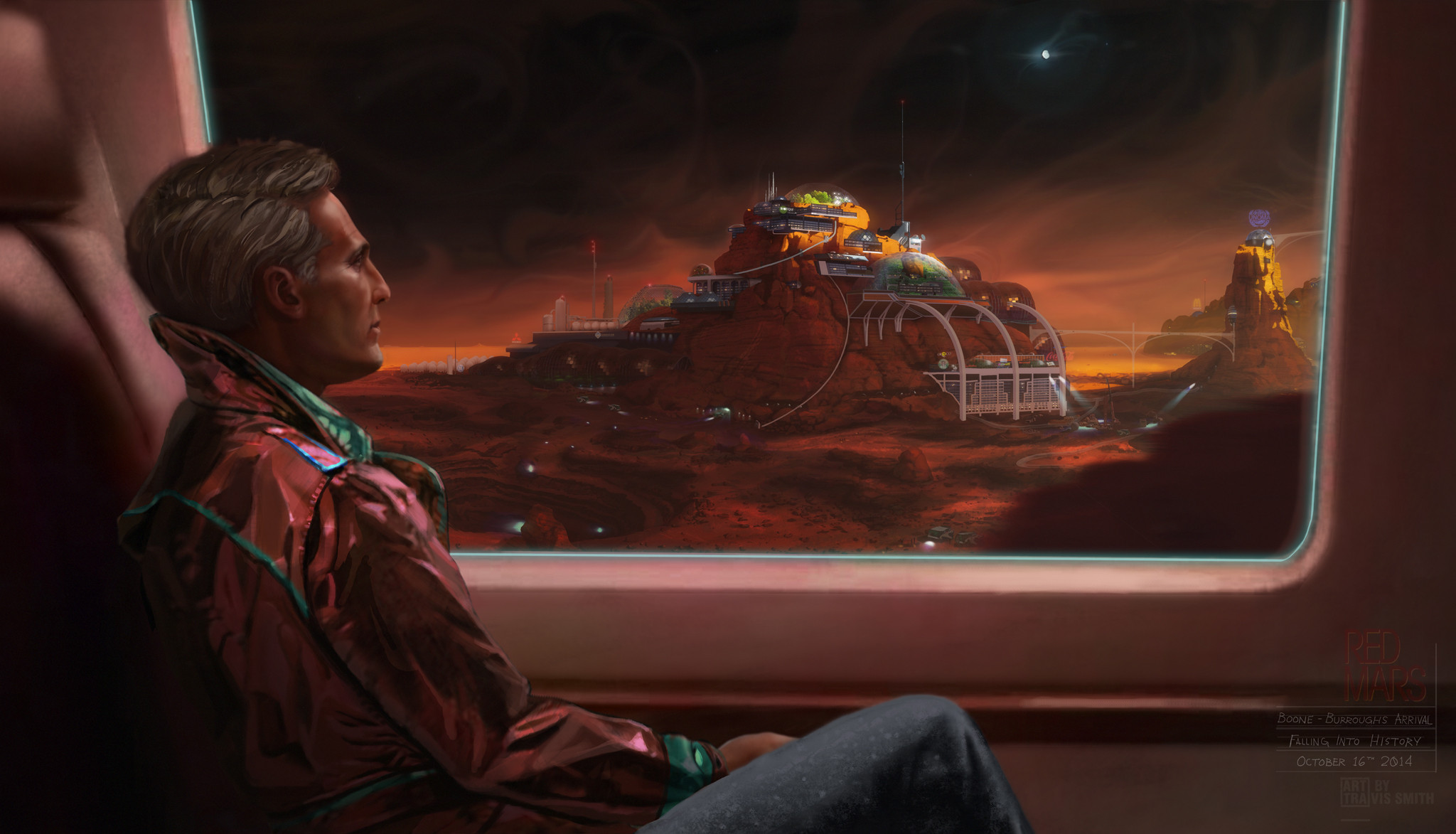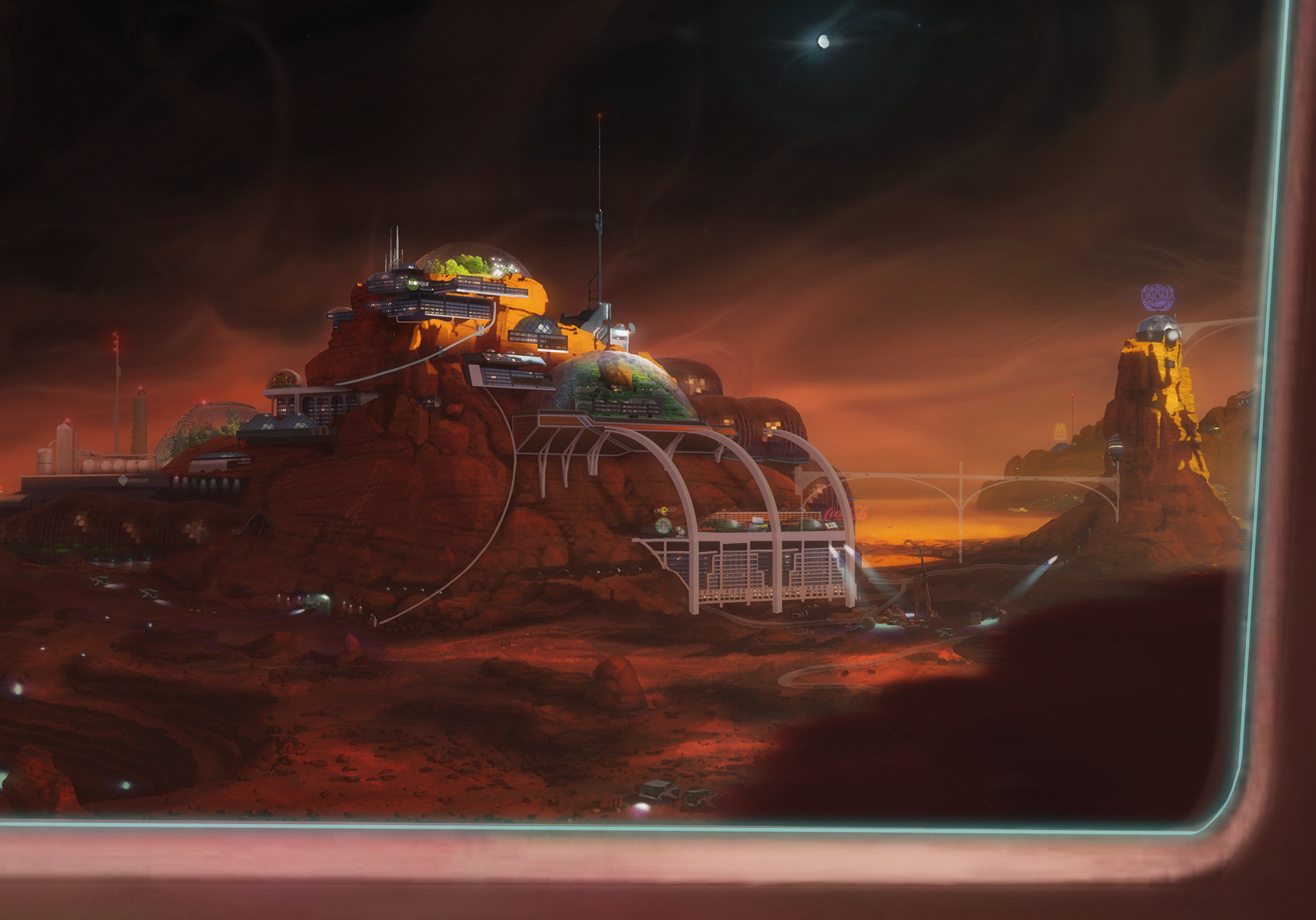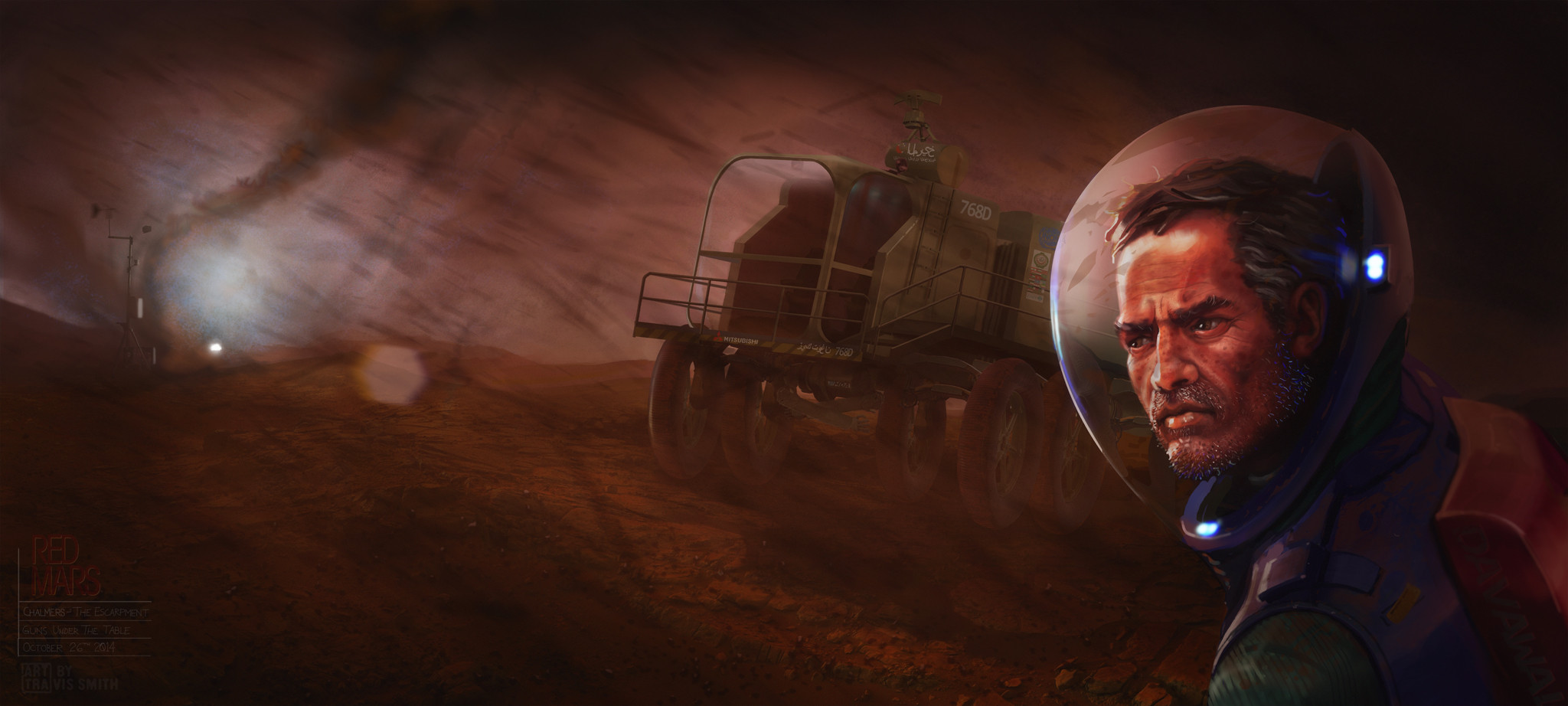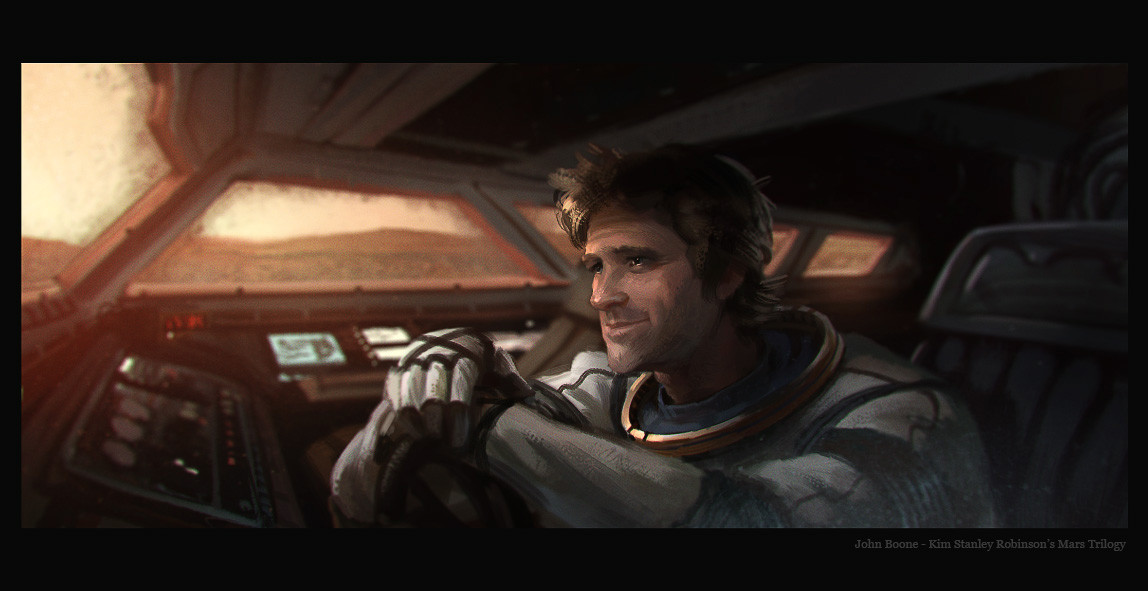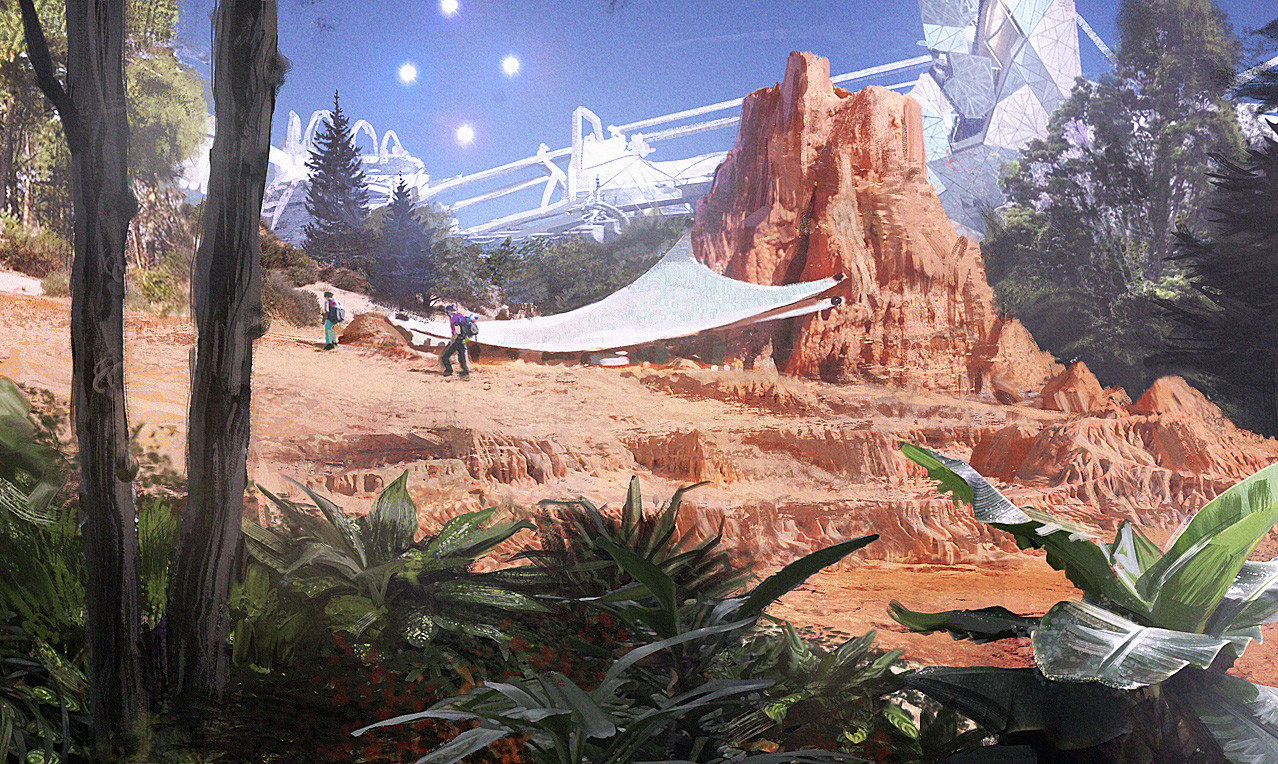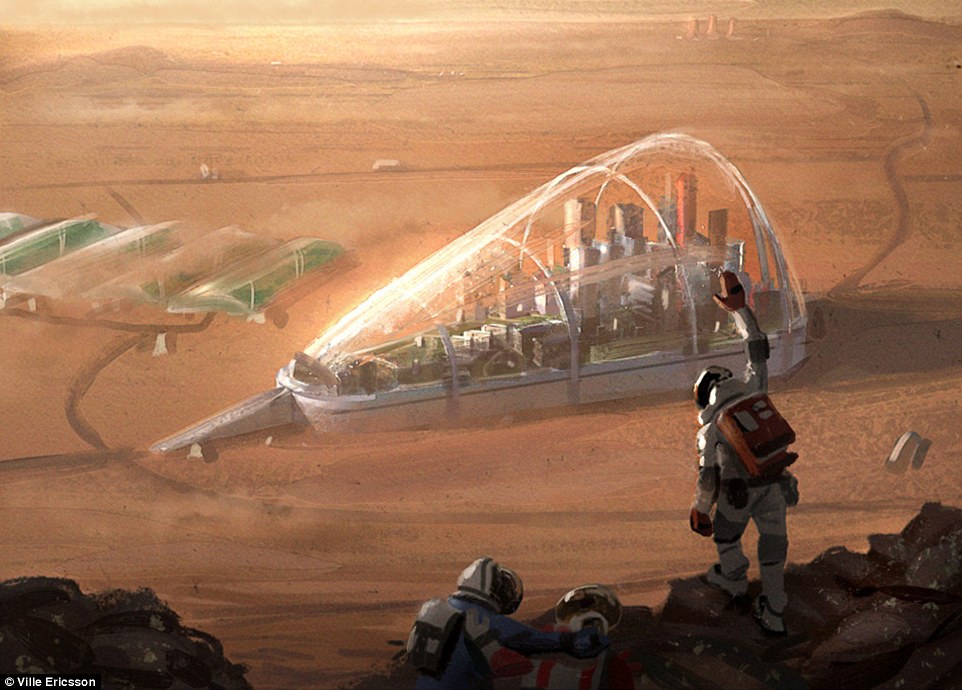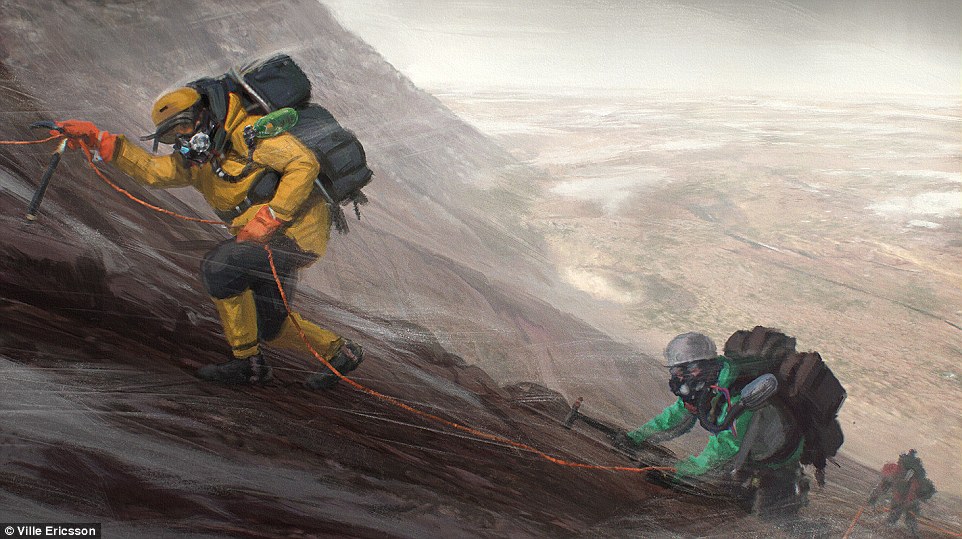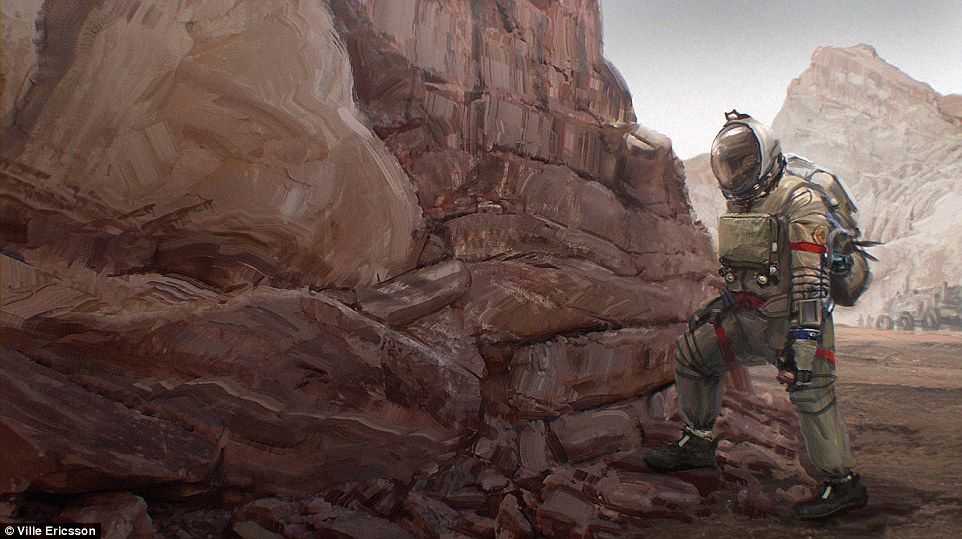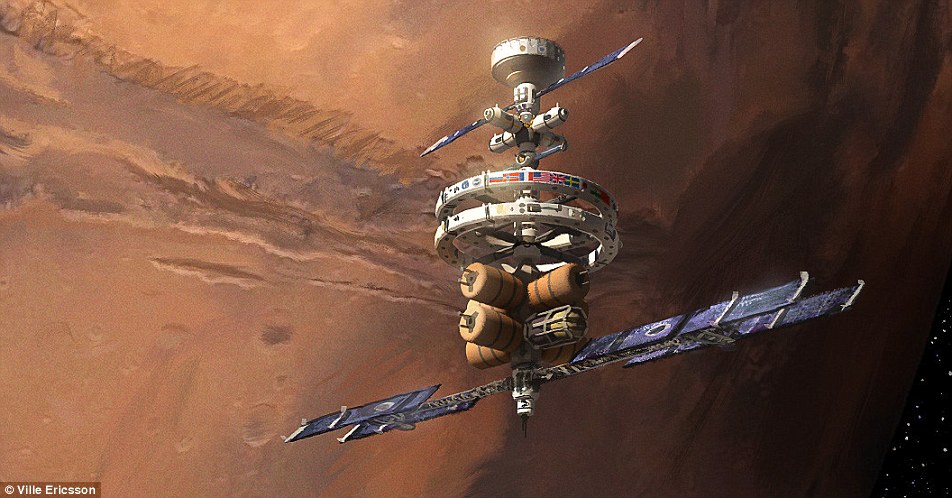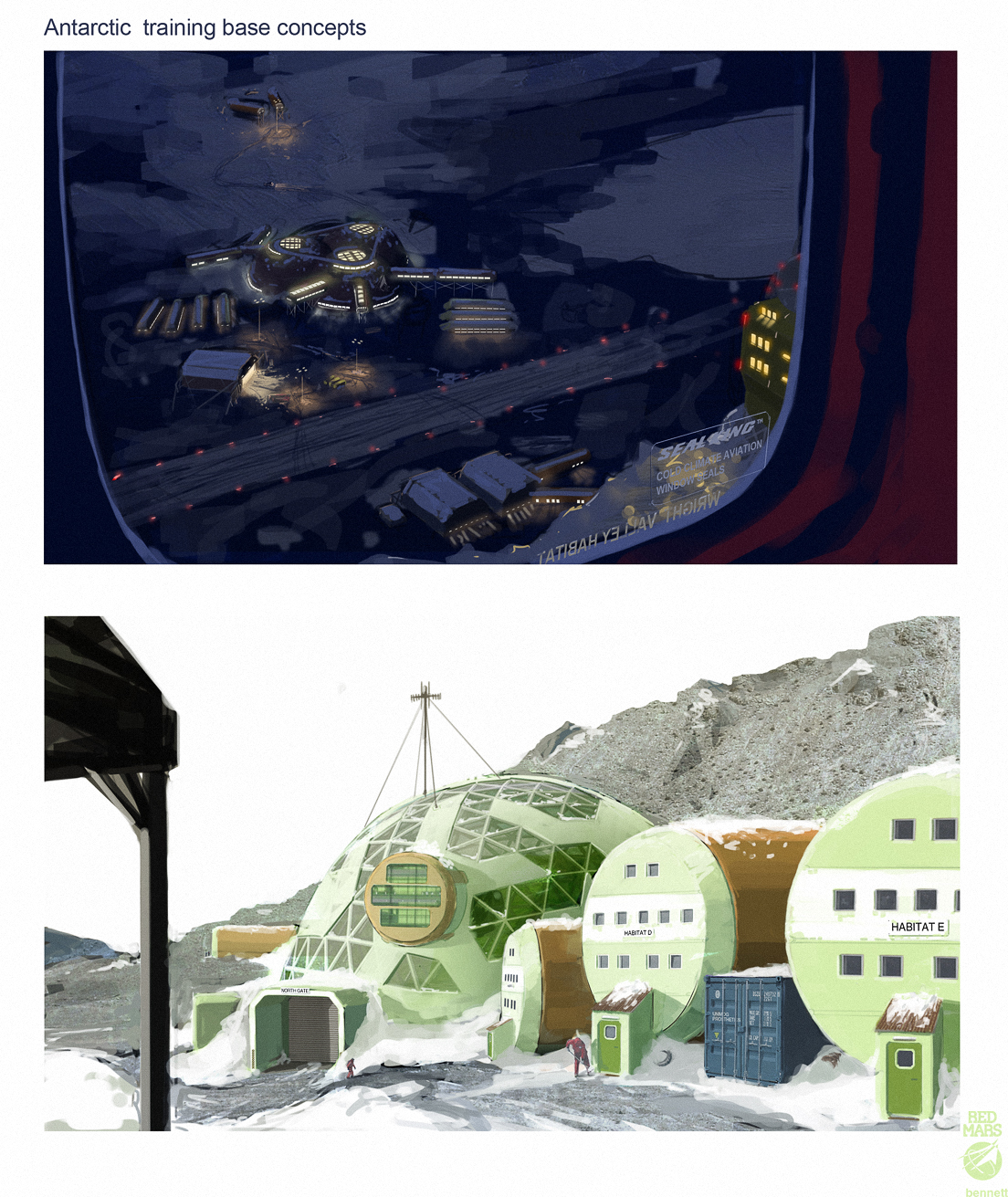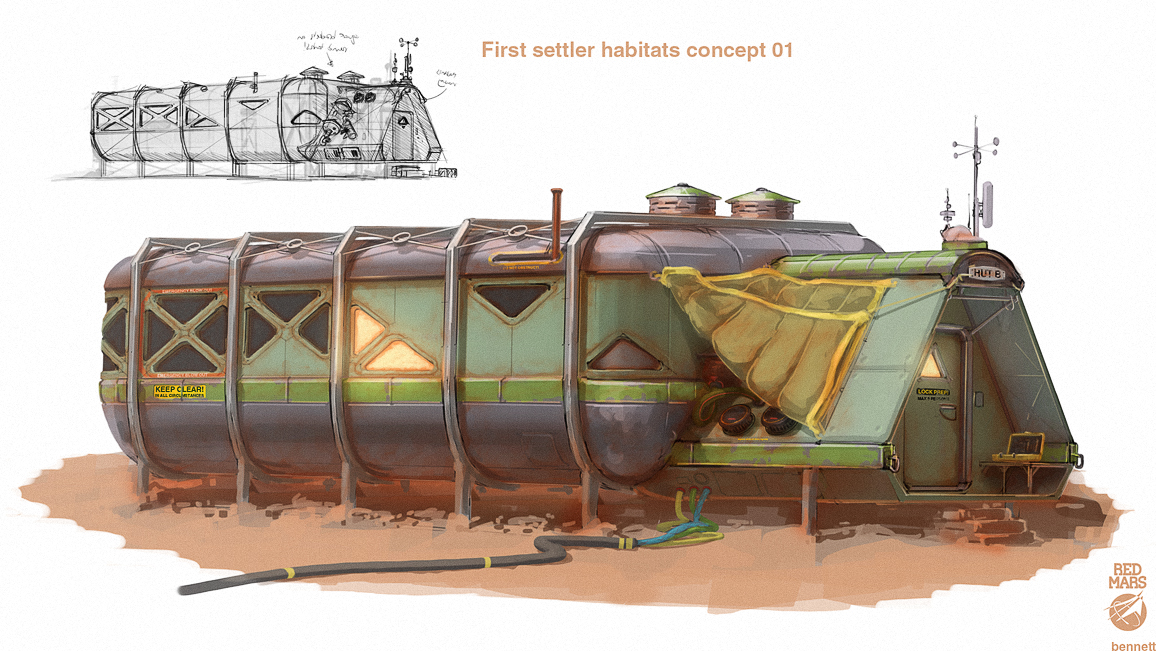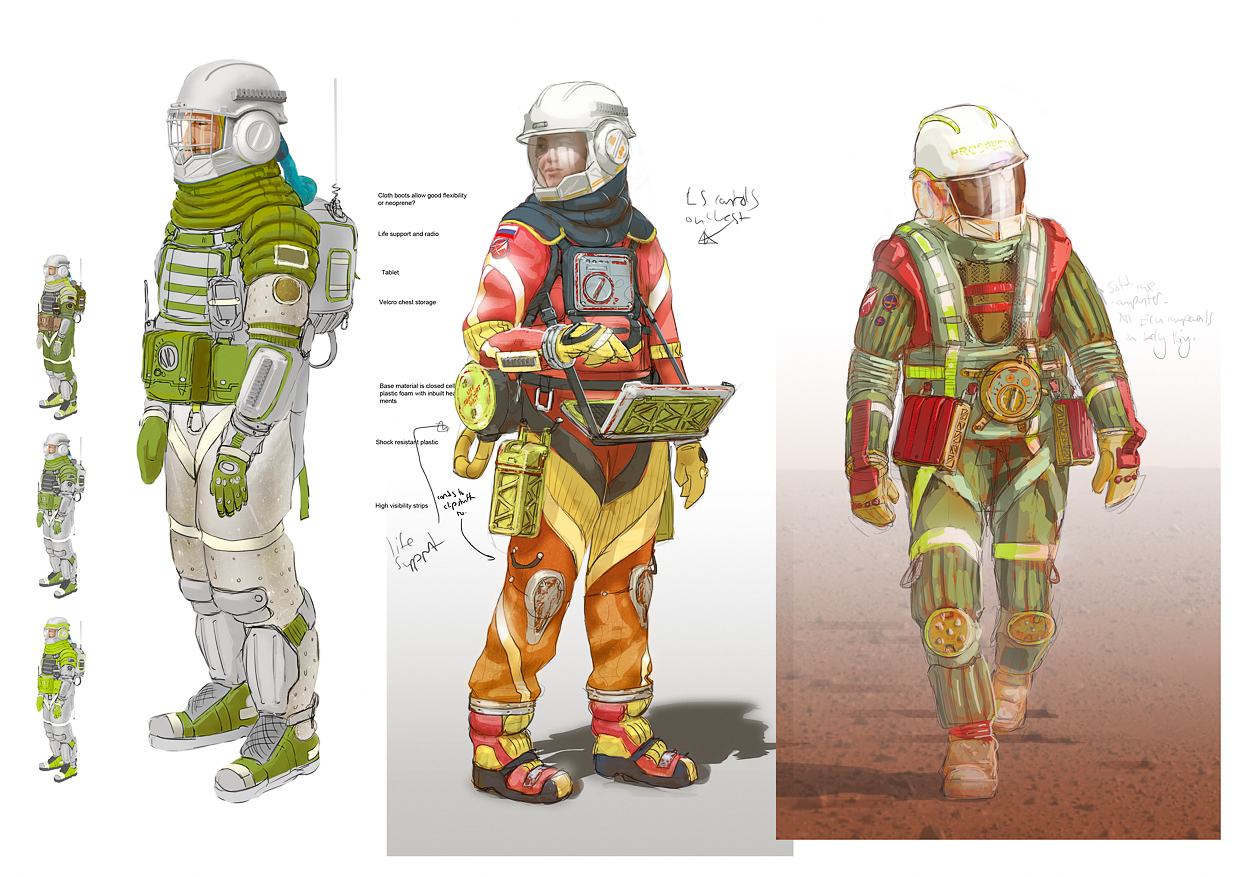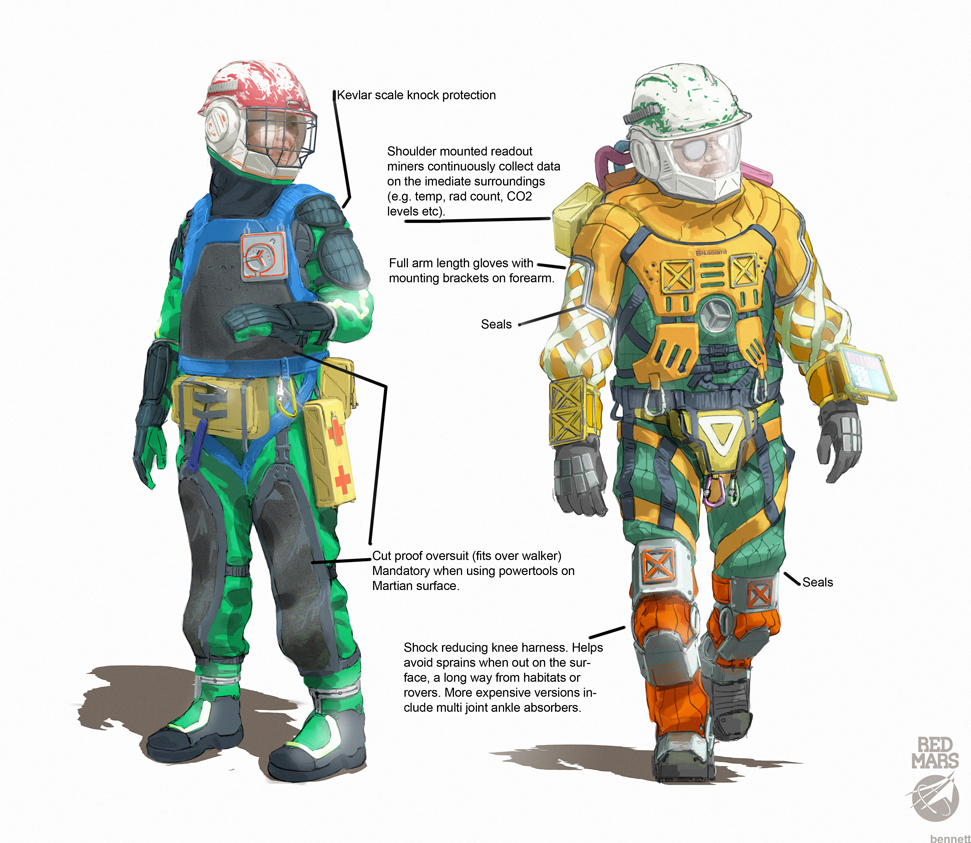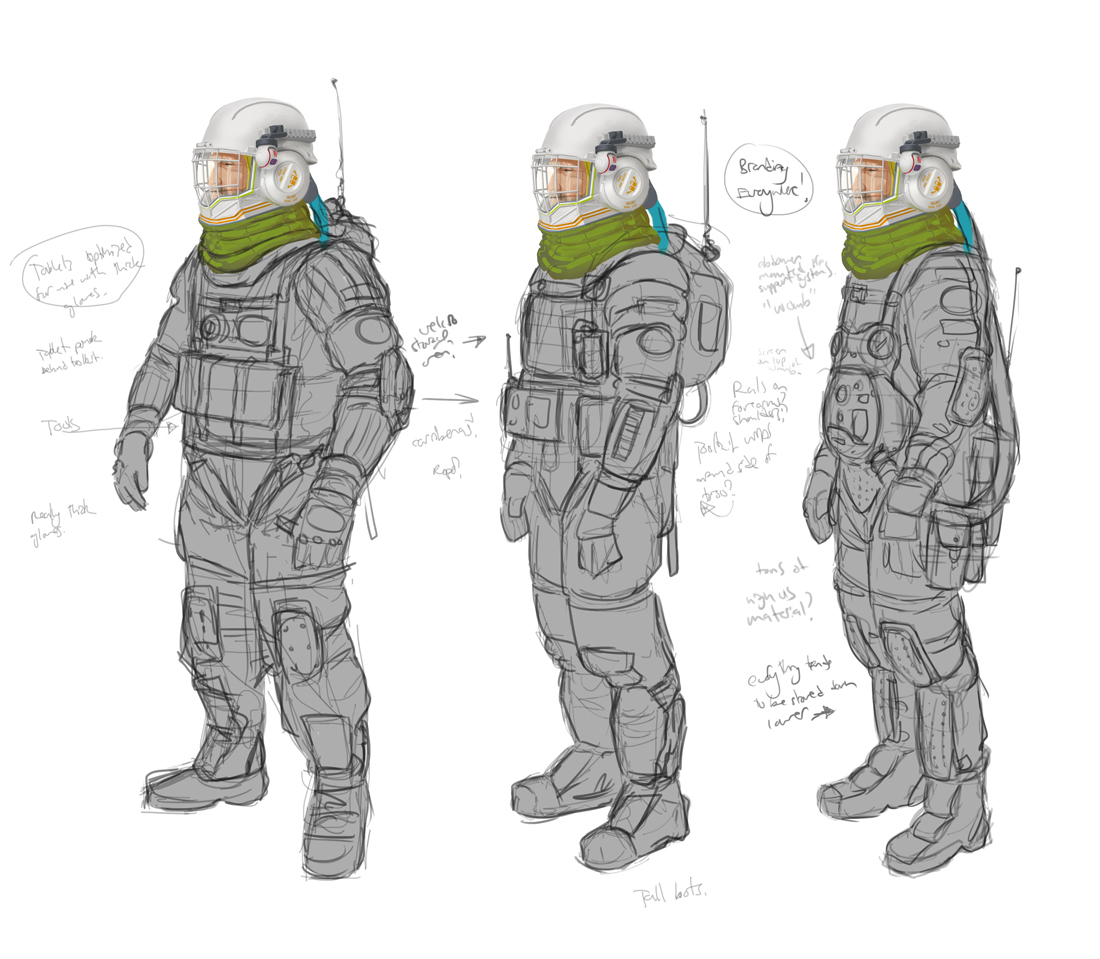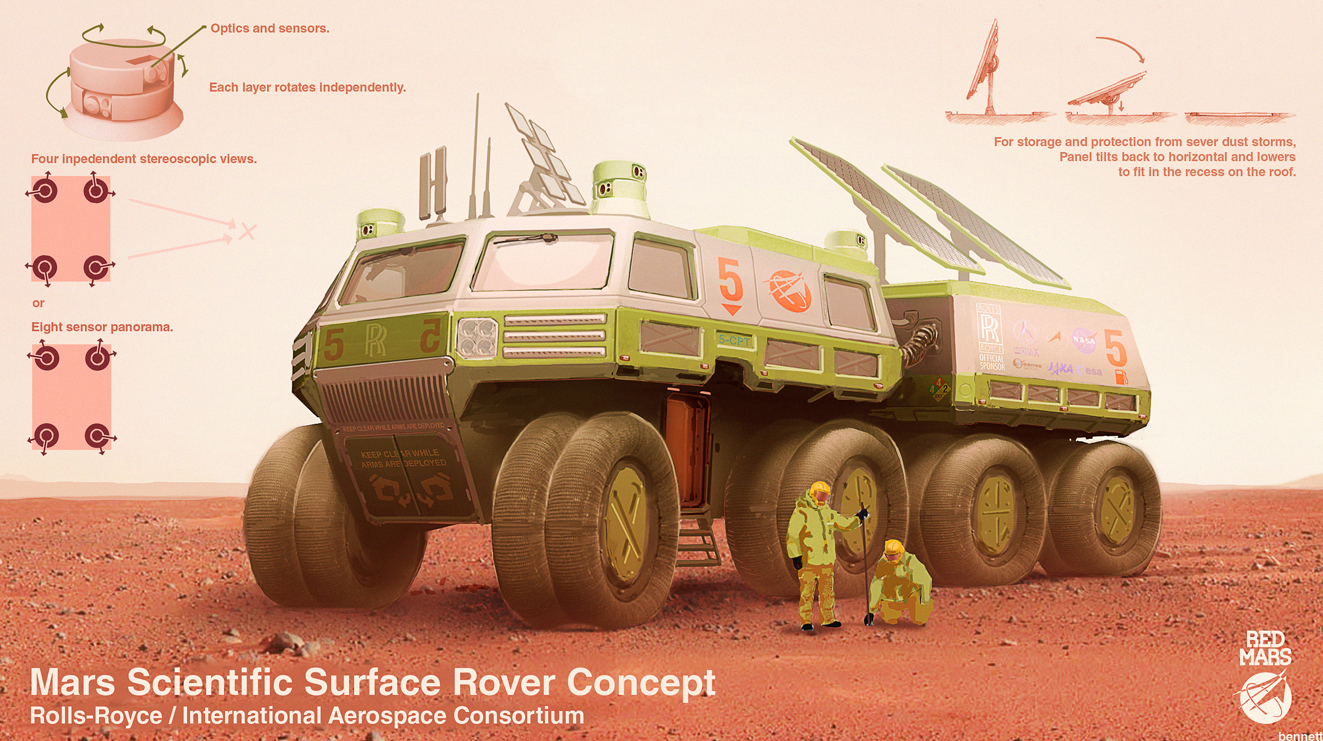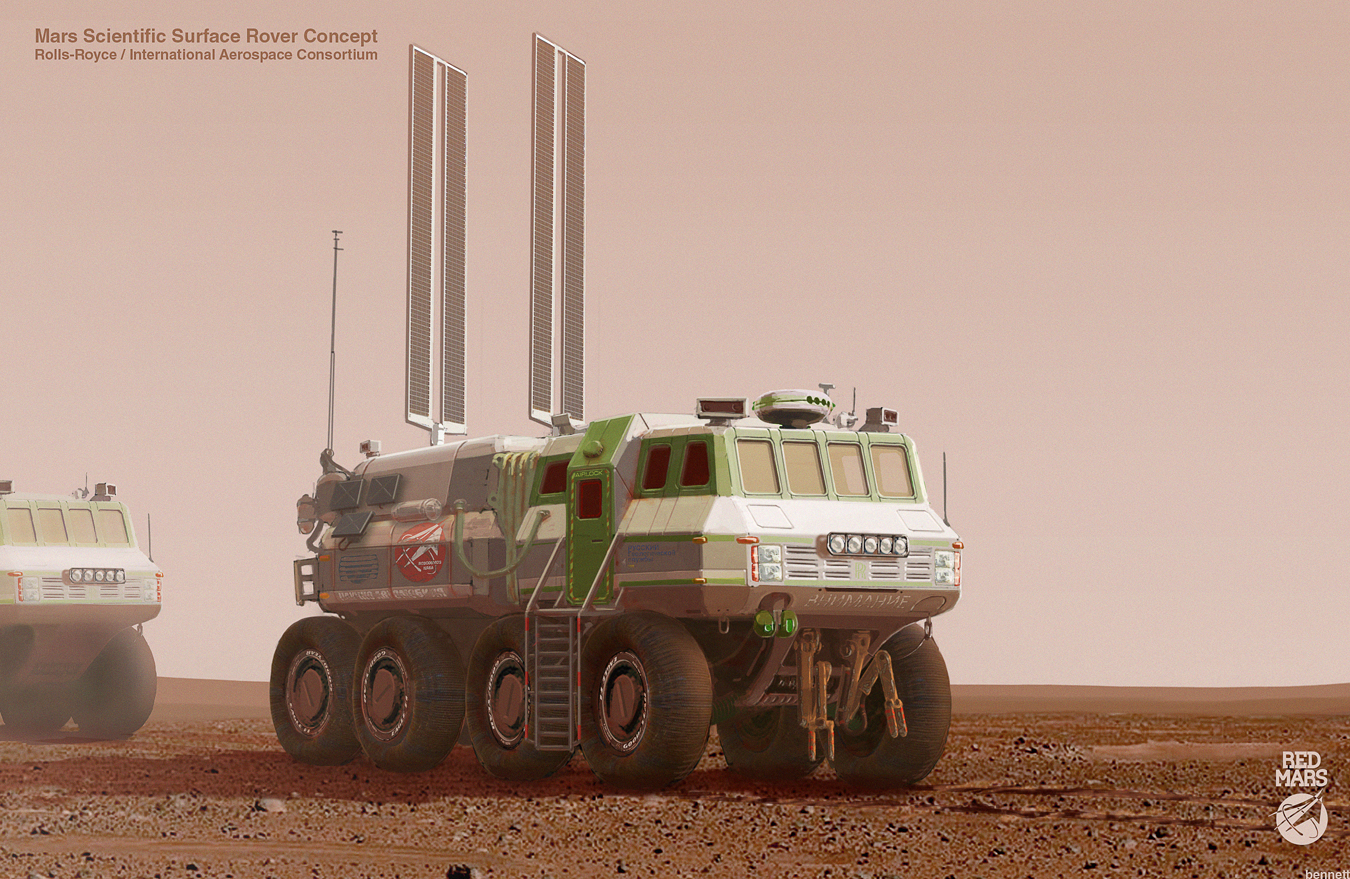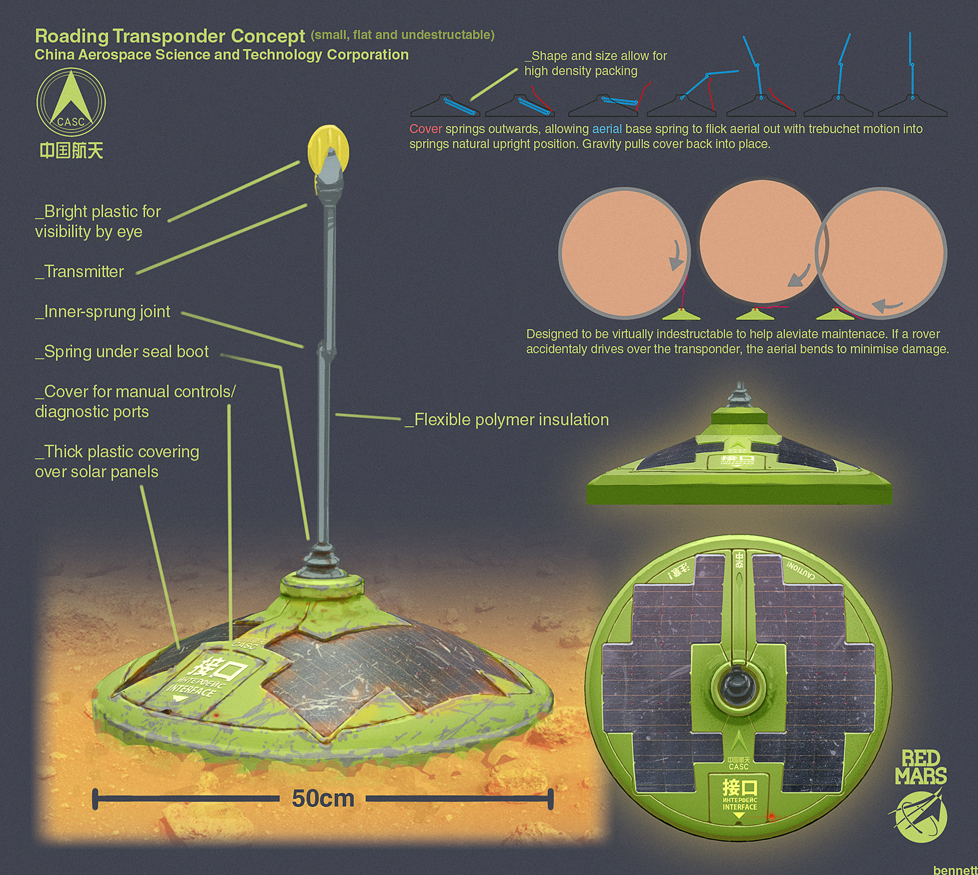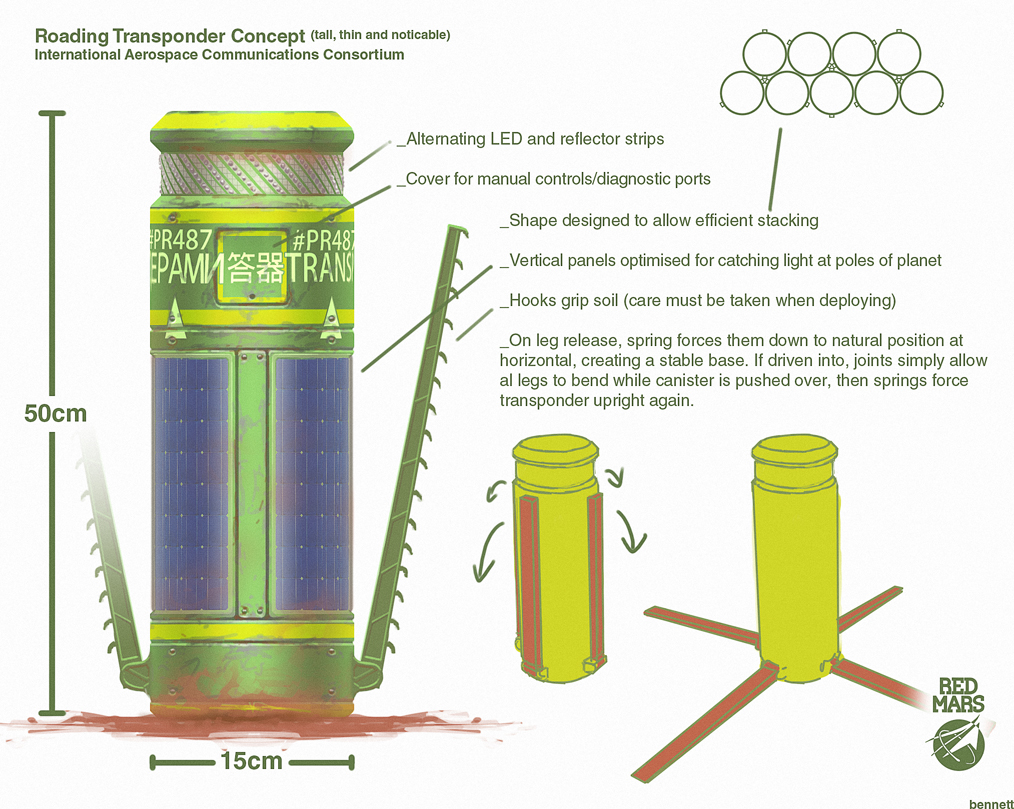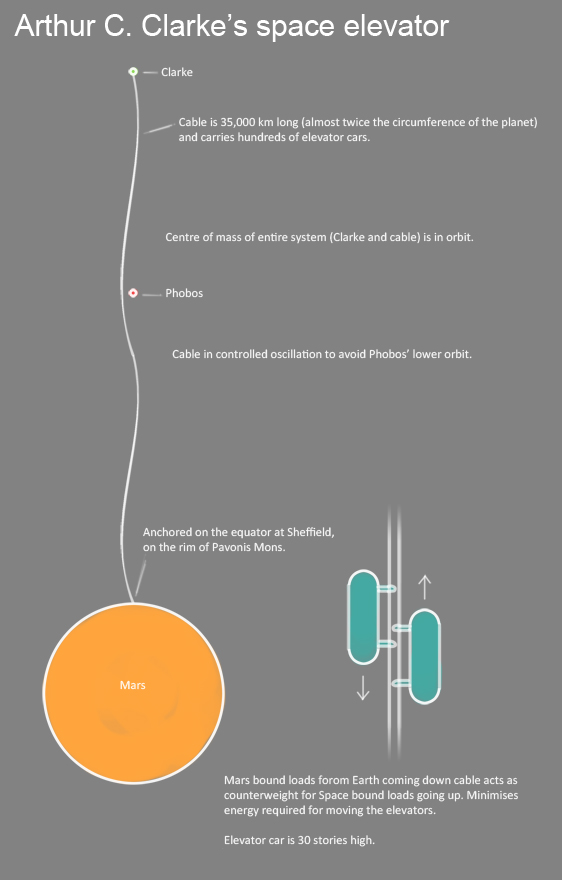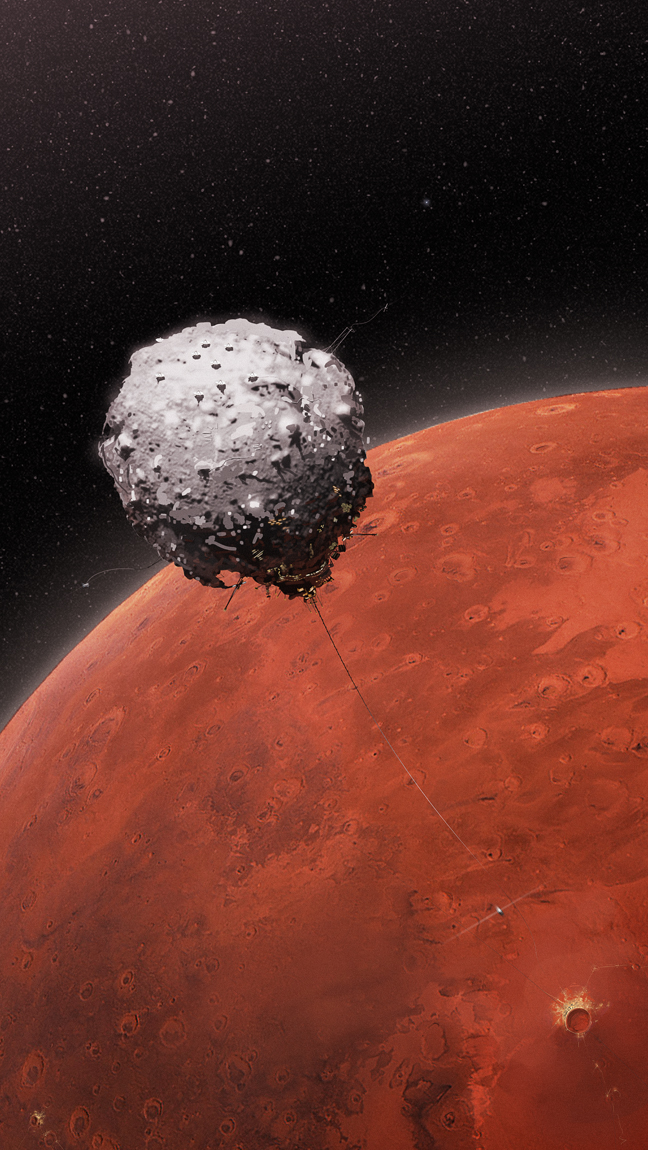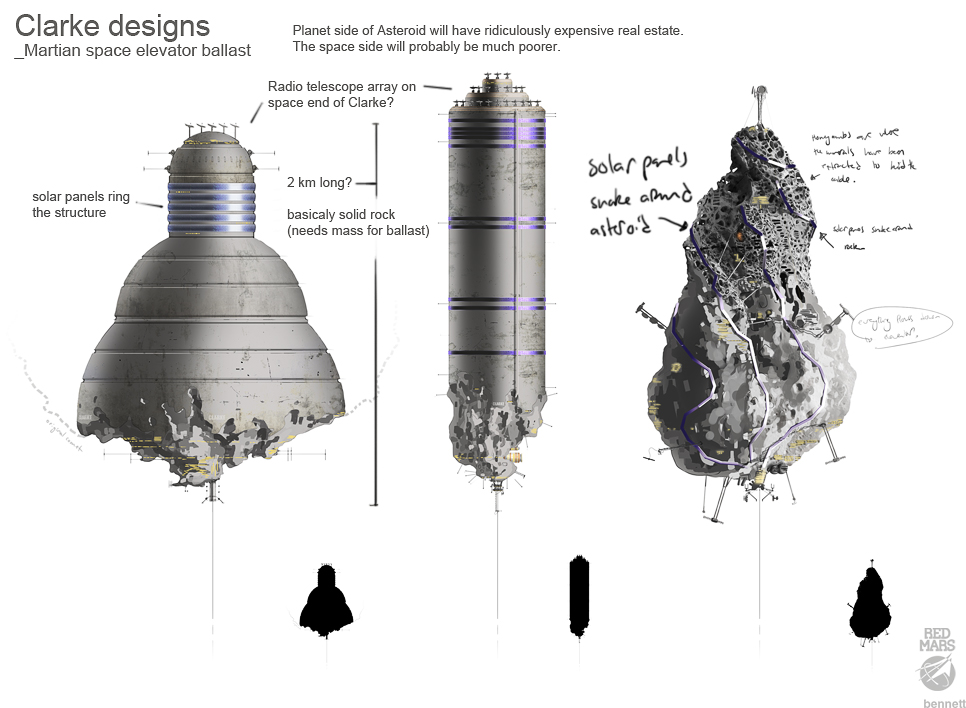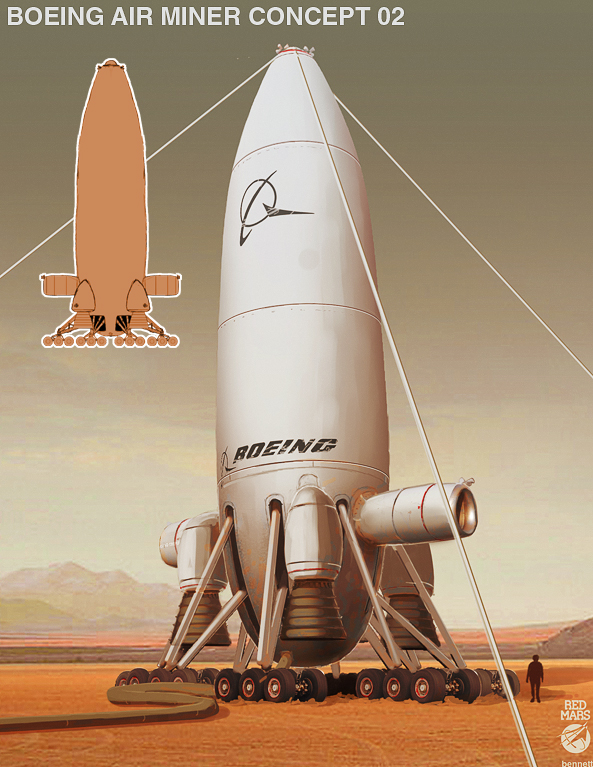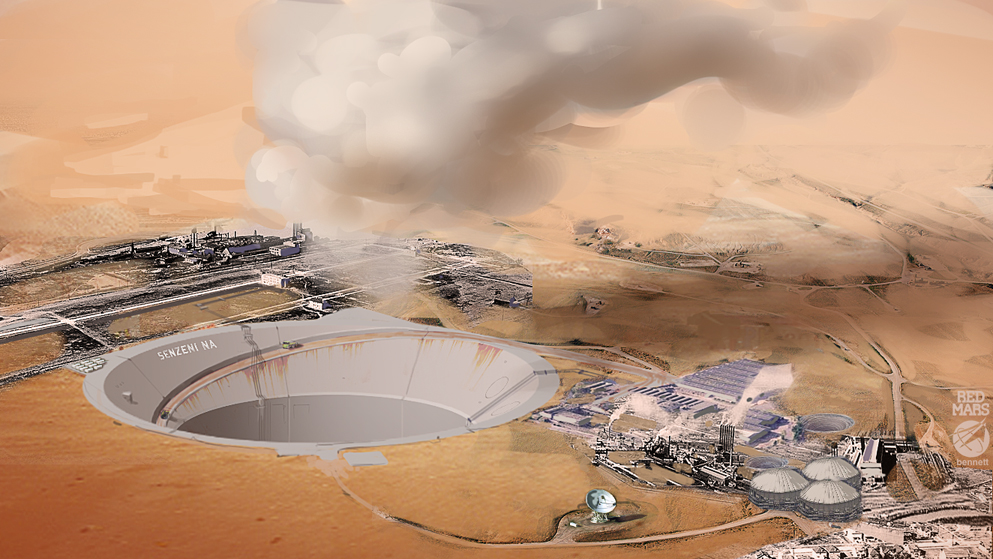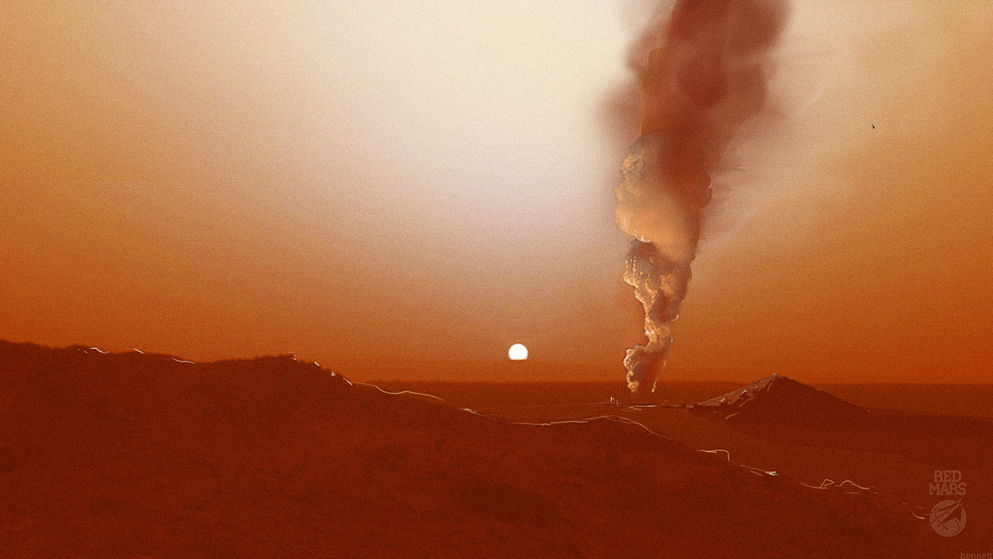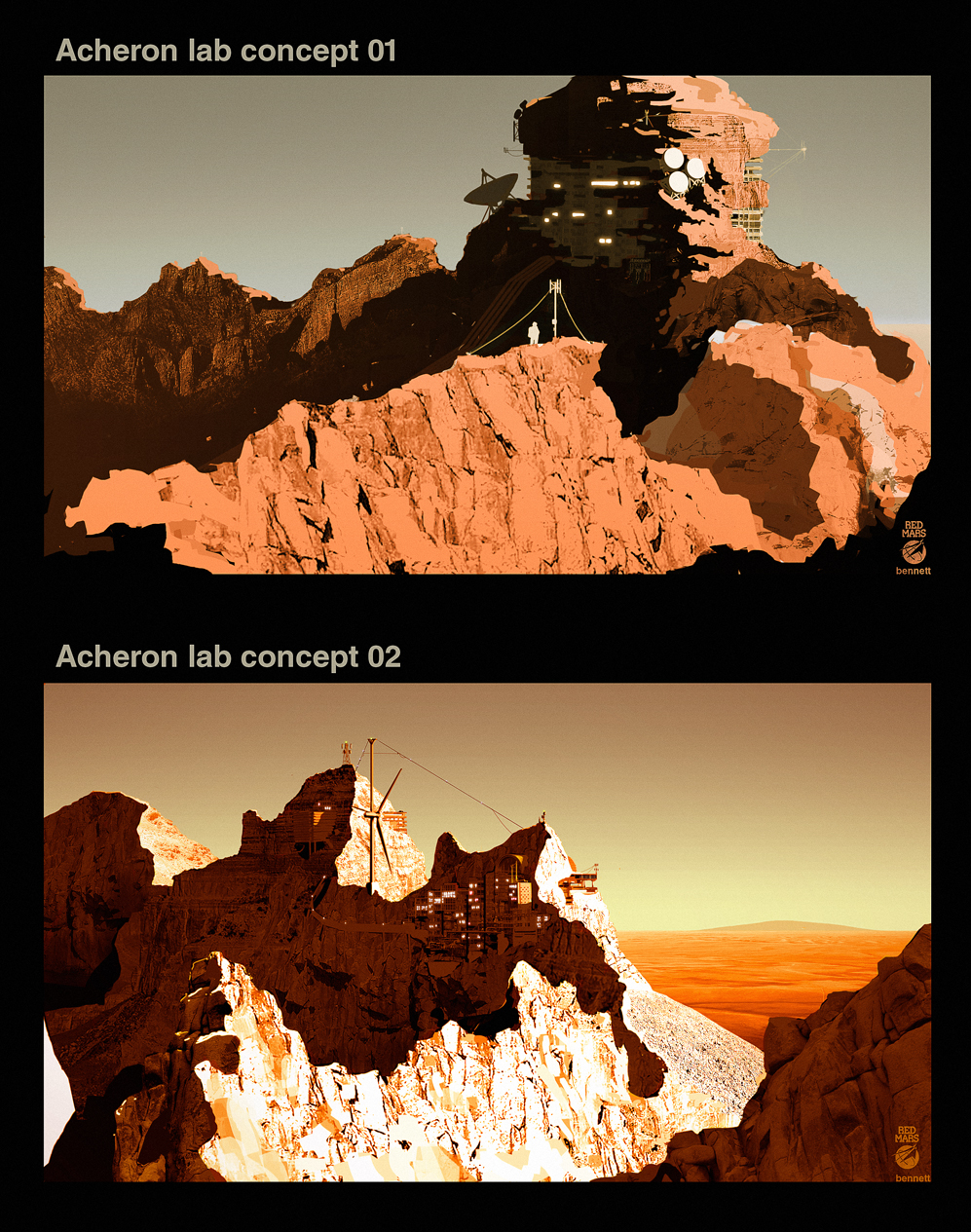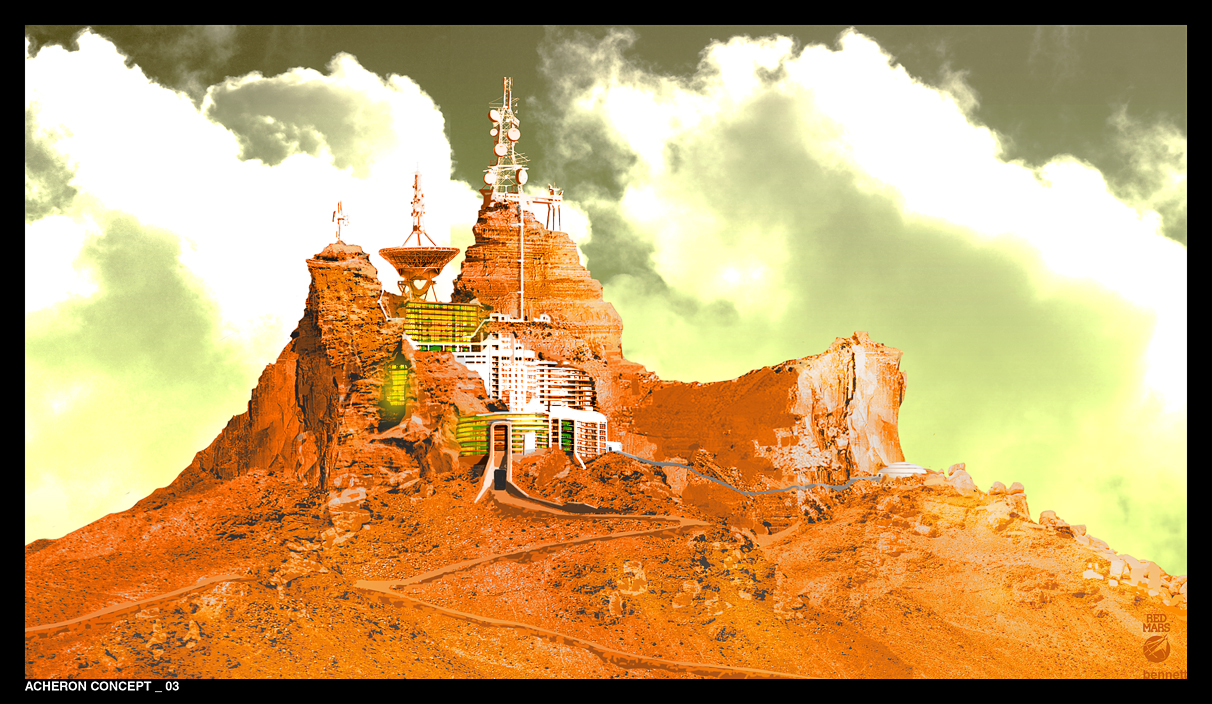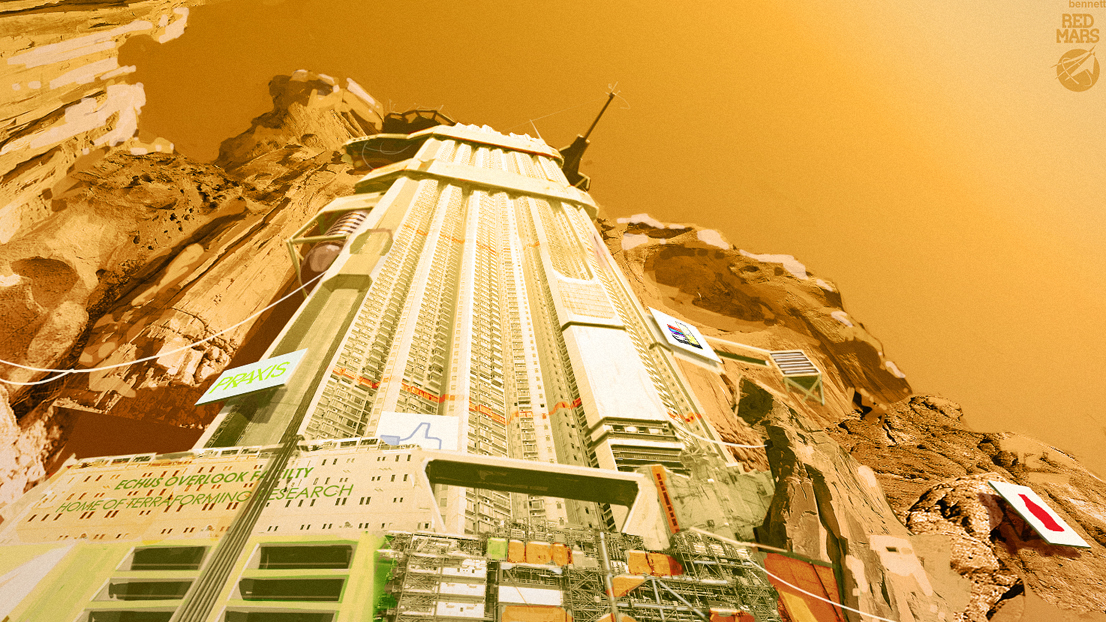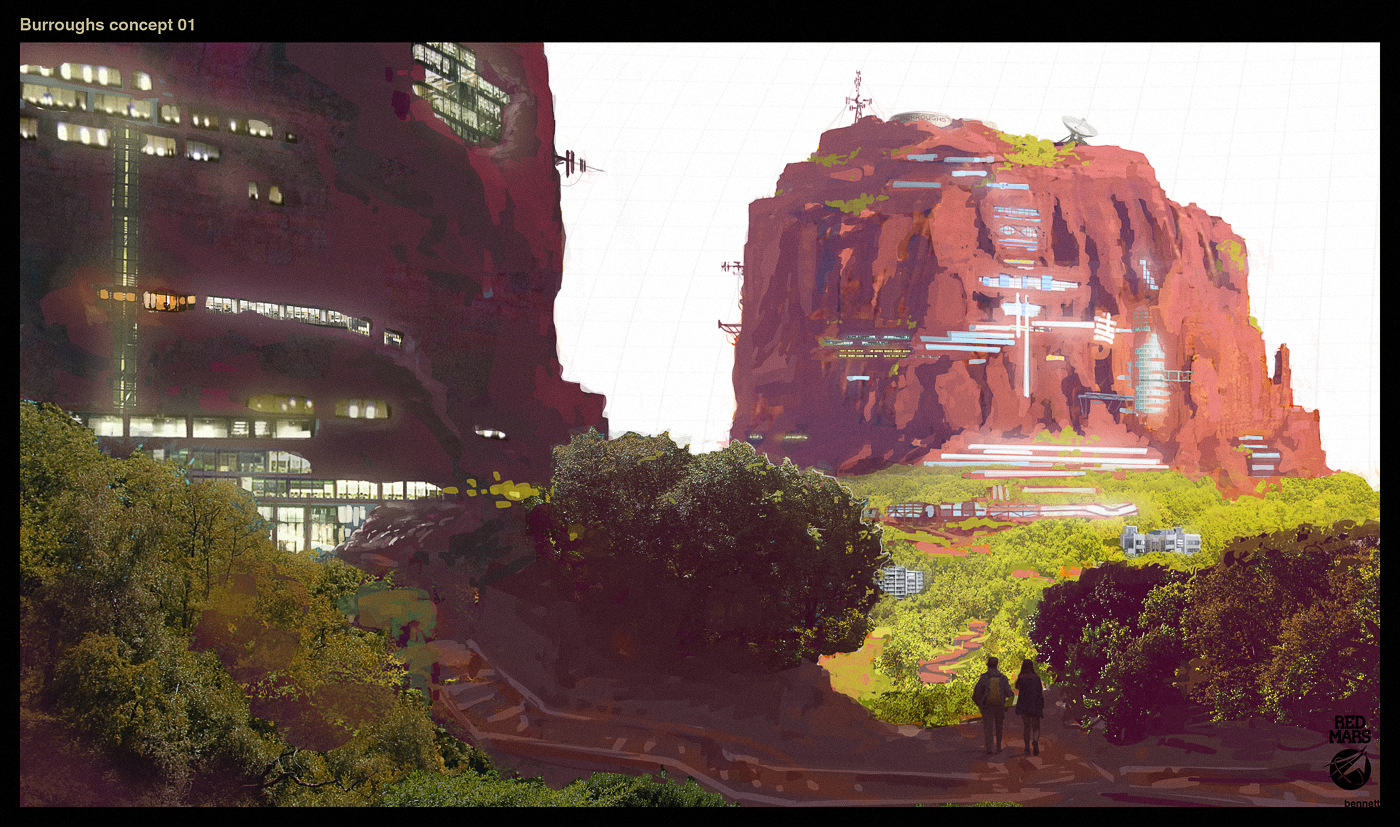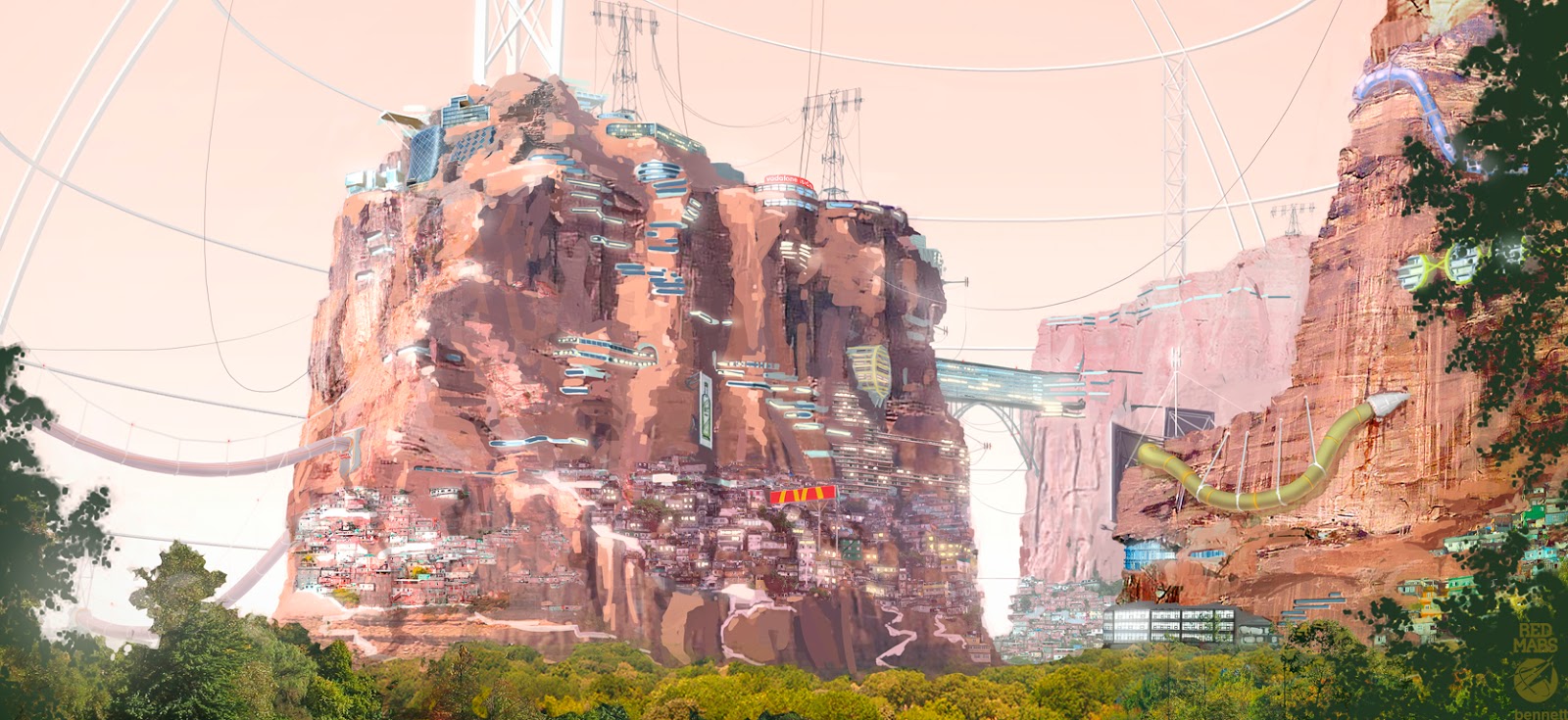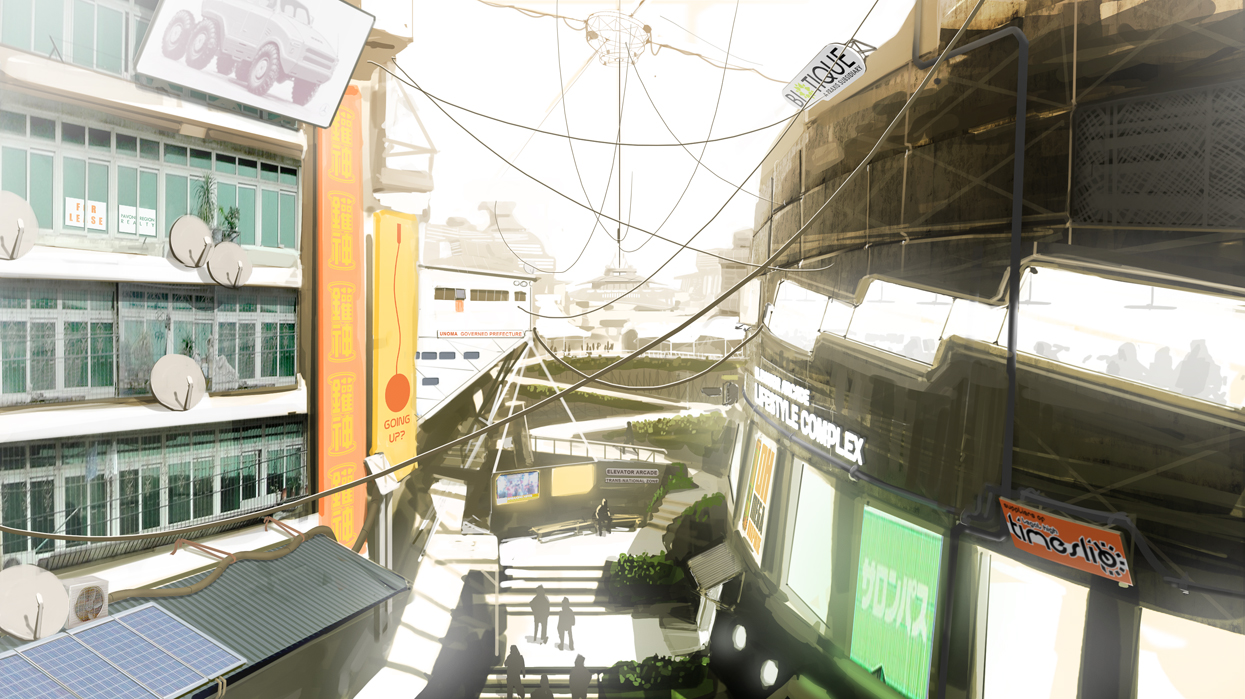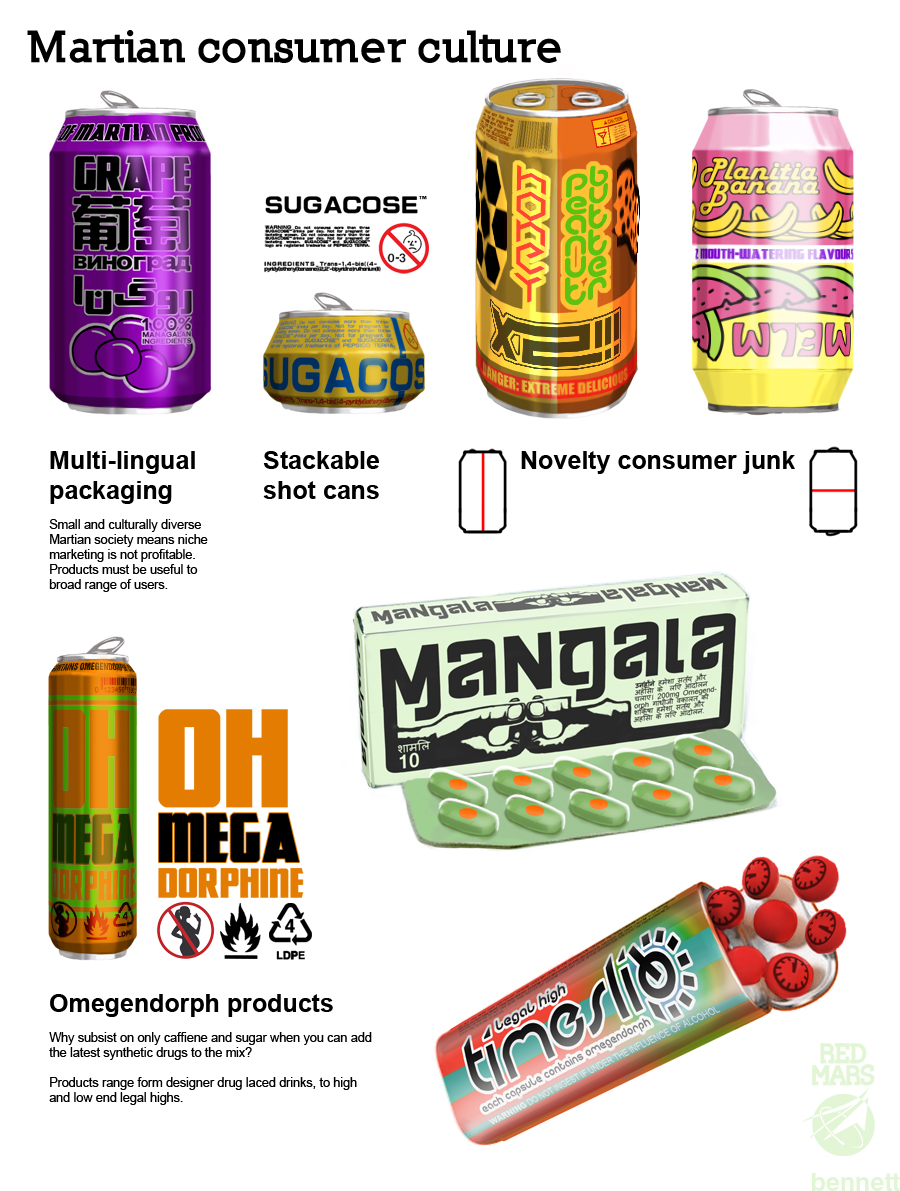Ministering for The Ministry for the Future
Submitted by Kimon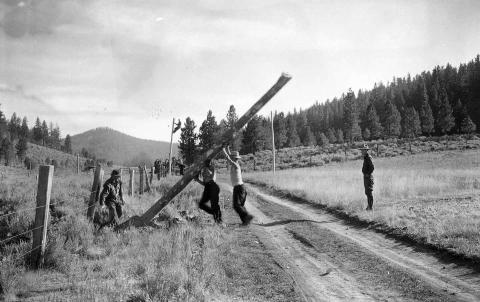
KSR's The Ministry for the Future has been out and has been making waves -- yes, Covd-19 was not a thing when it was being written but that doesn't mean that this near-term SF novel is not the most topical thing you are likely to read this year!
(Featured image: working on installing infrastructure, from FDR's Civilian Conservation Corps as part of the New Deal -- inspiration for Biden's announced Civilian Climate Corps Initiative.)
Ministry has been nominated for the British Science Fiction Association (BSFA) Awards for Best Novel!
Ministry made it onto the best sellers list of Southern California’s Independent Booksellers Alliance (Feb 7, 2021) and the Pacific Northwest Booksellers Association (Feb 14, 2021).
After covering Ministry in detail, Matt & Hilary were joined in their Marooned! on Mars podcast by KSR in a long, detailed and pleasant interview. A must! Listen to it here, and below:
Also, Bryan Alexander's book club of Ministry continued and wrapped up: Part 3, Part 4, Part 5.
The pandemic has had the positive effect of a plethora of audio/video interviews and free online events with KSR taking place! All I can do is just list them. Here are all the recent ones:
- WILL (NPR Illinois): Brian Mackey and Ryan Andrew Wilde interview KSR
- New Books in Science Fiction: Rob Wolf interviews KSR
- Singularity Weblog: Nikola Danalyov interviews KSR (a lengthy one, 2h20!)
- Oregon State University's Pandemic as Portal: Creating a Just Future on Earth: Kim Stanley Robinson presents "Some Lessons from the Pandemic for Dealing with Climate Change"
- Bioneers.org: J.P. Harpignies interviews KSR (includes transcript)
- Pod Damn America: Ministry For The Damned w/ Kim Stanley Robinson
- The Agony Column / Narrative Species: Rick Kleffel interviews KSR
- Anarres Project for Alternative Futures: Bridge Toward Utopia: Kim Stanley Robinson with Joseph Orosco and Tony Vogt
- Revolutionary Left Radio: KSR interview
- Aksioma: (re)programming: Strategies for Self-Renewal: "Trigger: What does it take to change the future?" Curated by Marta Peirano with special guests Lučka Kajfež Bogataj, Luka Omladič, Ida Hiršenfelder (beepblip)
- Reversing Climate Change: KSR with Nori
- Outrage + Optimism (Global Optimism): KSR interviewed by Christiana Figueres (ex-UNFCCC Sec Gen!), Tom Rivett-Carnac and Paul Dickinson (includes transcript)
- Climate One: Climate Narratives with Elizabeth Kolbert, Kim Stanley Robinson and Jeff Biggers (includes transcript)
In addition, the KSR interview by Eliot Peper we linked to earlier has been reprinted in OneZero: Inventing Plausible Utopias.
Now for the list of reviews of Ministry:
- FeydRautha in L'épaule d'Orion (French)
- Gromovar in Quoi de neuf sur ma pile? (French)
- Bryan Walsh in Axios
- Stephen Saperstein Frug in Ancillary Review of Books
- Sam Roggeveen in The Interpreter (Lowy Institute, Australia)
- David Gorin in Business Live (South Africa)
- The Morning Star Online
- Diane Adams in International Falls Journal
- The Void That Binds
- Karin Pettersson in Social Europe (also on IPS Journal)
- Eric Morales-Franceschini in Tropics of Meta
- Gwen Ansell in New Frame
- Jo Lindsay Walton's blog
- Samuel Miller McDonald's review/criticism in Current Affairs
- Phil Christman at Plough.com
- Nick Robins for Grantham Research Institute / LSE
- Laureen Fagan in Sustainability Times
- Eddie Playfair's blog
- Felicity Harley in Medium.com
- Tanya Hawkes's blog
- Gabriel Carlyle in Peace News
- Justin Reynolds in SPE Review London (Society of Petroleum Engineers) (in print, also available online)
- Orange Coast (in print, March 2021)
Ministry was also in some Best of 2020 lists, namedumps and 2021 recommendations:
- Muhammad Omar Iftikhar in Daily Times (Pakistan)
- Orange County Library System
- Musician Conor Bourgal recomments Ministry in MoMA
- Arizona State University president Michael M. Crow recommends Ministry in Zocalo Public Square
- Locus Magazine: in Jonathan Strahan's 2020 Staff Picks, Graham Sleight's 2020 Year in Review, and in the consensus article on the 2020 Recommended Reading List
- "5 books to raise your climate consciousness in 2021": David Charles in Landscape News
- Malta's Minister for the Environment and Climate Change Aaron Farrugia (Lovin Malta)
- Tucson Festival of Books recommends Ministry (Tucson.com)
Finally, KSR's works and Ministry get mentioned often in articles, taking a particular aspect of the novel and running with it. For instance:
- In Jacobin: "How Sci-Fi Shaped Socialism" -- From William Morris to Ursula K. Le Guin and Iain M. Banks and KSR
- In the context of Bill Gates' recently published book on the challenge of climate change (GreenBiz, MIT Tehnology Review
- Wet bulb temperature and carbon taxes (The Community Word)
- Carbon coin (Chris Taylor in Mashable), with quotes from Stand and Delton Chen (of "the Chen paper" fame)
- Geoengineering (Bill McKibben in The New Yorker)
- Tragedy of the time horizon and space colonization (Vidvuds Beldavs in The Space Review)
- A new Ministry for the Future-like organisation in New Zealand, the Climate Change Commission (Otago Daily News)
- The (non-)topicality of disaster movies (The New York Times)
- Modern Monetary Theory (The New Republic)

